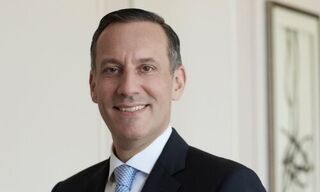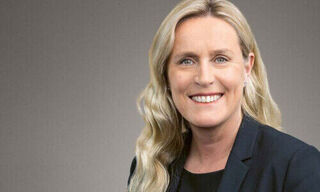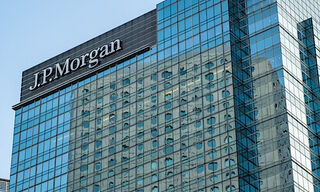Axel Lehmann Faces Huge Task at Credit Suisse
Axel Lehmann is to take on the Herculean task of new risk supremo at Credit Suisse and preventing a repeat of debacles such as Archegos, but he won't find some important lessons in the report into the hedge fund's collapse.
One of Axel Lehmann's first tasks as chairman of the Credit Suisse board’s Risk Committee will be to revise the Risk Committee Charter.
The board last looked at it in December 2020.
The charter states that the duties and responsibilities of the Risk Committee include the supervision and monitoring of almost a dozen different risks to the bank – but not counterparty risk.
Neglect of the counterparty risk the Archegos hedge fund was building up led to Credit Suisse losing over 5 billion Swiss francs ($5.5 billion) at the end of last March when the fund collapsed.
See Page 47 of Appendix
No wonder July’s «Paul Weiss Report» on Archegos placed great emphasis on the lack of monitoring of and mechanisms for dealing with counterparty risk. The bank was simply not able to see the counterparty risk from Archegos and its potential consequences. In the meantime Credit Suisse has now created a function specifically for this and improved its method of measuring it.
The report said that there was only one point at which the directors might have been aware of Archegos. The Prime Brokerage client was mentioned on page 47 of the appendix to the Group Risk Report presented to the December 10, 2020 board meeting.
At that point Archegos' portfolio had hit $10 billion, was 93 percent financed by Credit Suisse and considered to be both highly concentrated and illiquid.
The Paul Weiss Report concluded that there was a lack of a reliable monitoring system for customers such as Archegos and before it the Malachite hedge fund, which also collapsed, from exceding their credit limits.
That is one lesson. Here are another three which Lehmann might want to take on board:
1. Get Grip on Performance
In May industry portal «Risk.net» brought to light what the bank’s official report published in July found: Measured against the enormous risk, the bank, barely earned anything from Archegos. Revenues in 2018 were $15.6 million, $8.5 million in 2019, and a total of $17.4 million in 2020. Credit Suisse only managed to earn $6.9 million in about six years from Malachite -- far too little to cover the bank’s capital costs. A risk committee at the investment bank also addressed this issue in autumn 2020, but postponed working on a possible course of action.
With hindsight, one of the numerous blunders with Archegos, a point made by the banking risk specialists at Zurich consultancy «Orbit36», was performance management. In a recent blog post, they concluded that strict performance management is an important tool in protecting a bank from expensive bad investments. They said they thought the metrics must have been inadequate at Credit Suisse, which in turn encouraged the front office to do unprofitable business.
Performance management is playing an increasingly important role in how large banks are managed, and Credit Suisse cannot afford to be left behind. Especially since it is a metric that can be used in a wide variety of business areas and can be understood by everyone from a customer advisor to a member of board. The Archegos report focuses primarily on risk appetite and only highlights one side of the coin.
2. Gaps in Defenses
Credit Suisse also uses the «Three Lines of Defense» model, which dates back to the 1990s and is now considered by experts as unsuitable to negligent. However, Swiss banks have little choice, as Swiss regulator Finma stipulates certain elements of this model.
The report on Archegos also uses it and recommends that the first line of defense, i.e. the customer-facing element, should be strengthened; but wheeler-dealers and self-restraint is a contradiction in terms.
Modern, standardized management models, on the other hand, underline the role of directors such as Lehmann. They are the people who have the greatest authority and the ones to whom compliance and frontline people should be able turn directly. One of the board’s top tasks is therefore making itself accessible.
3. Board Needs New Control Panel
Before individual employees sound the alarm, the board should actually see the warning signs. However, overloaded PowerPoint presentations, as the Archegos report notes, are not fit for this purpose. Even established key metrics are deceptive.
For example, local stress tests did not function properly as an early warning system because Archegos positions were booked with other legal entities. Due to the swaps' construction, common market risk indicators such as risk-weighted assets and value-at-risk also gave little cause for concern.
This means the board needs a control panel which allows it to assess the risk of various banking transactions. The decisive factor, and this is also stated in the report, is that internal stress tests, performance management and the assessment of the counterparty must be applied holistically.
In addition, a veil of silence should not be quickly drawn over embarrassing failures such as the Malachite hedge fund in 2020 as well as Greensill and Archegos last spring, but rather they should be discussed across the bank as examples of what can go wrong.




























